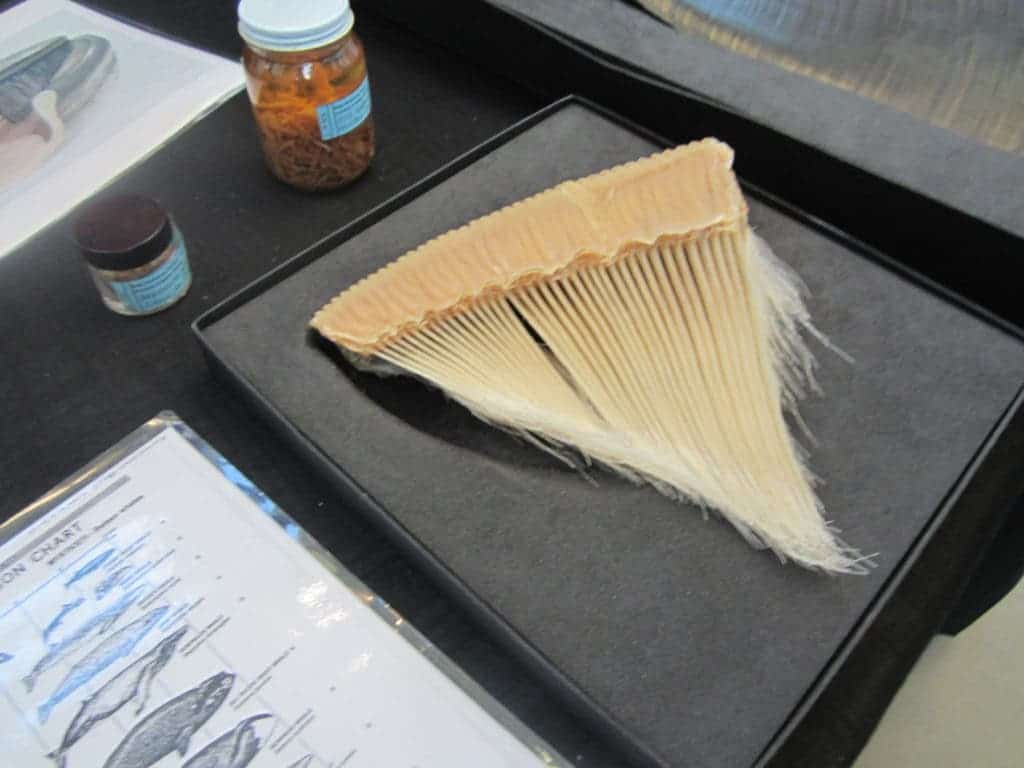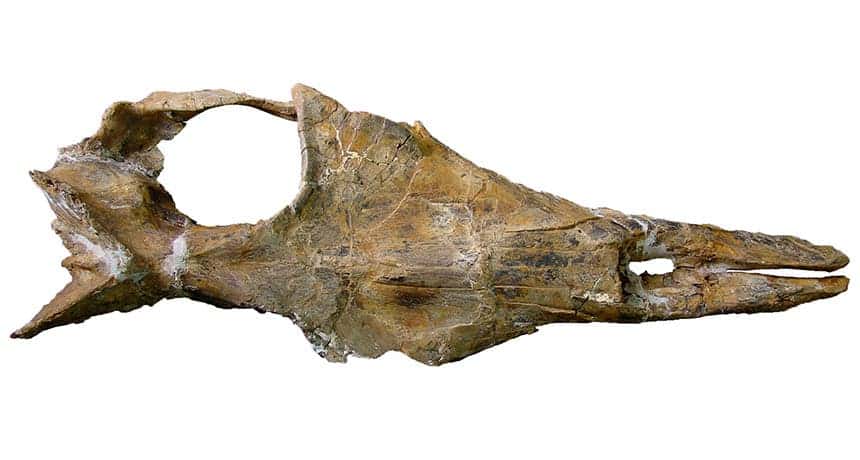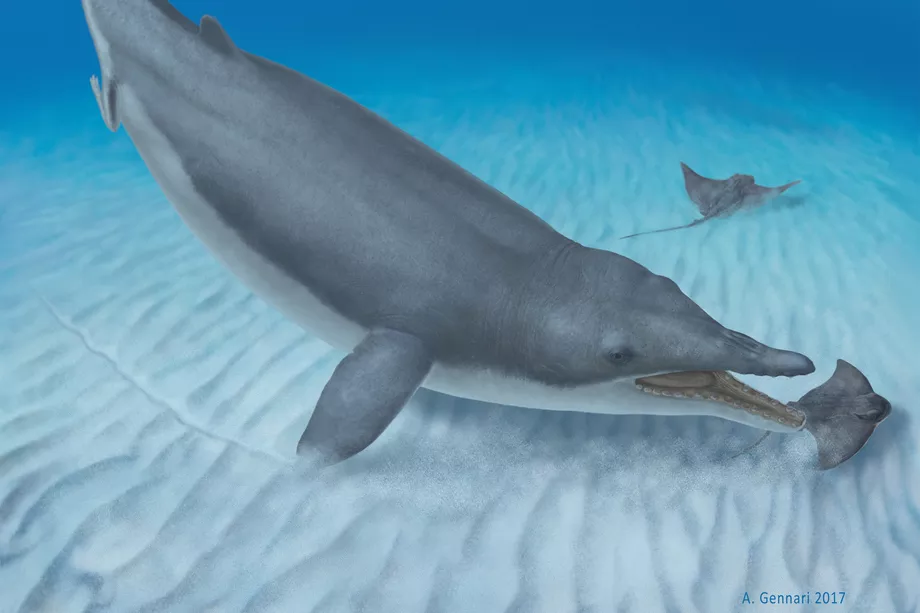Baleen whales, also known as mysticetes, are the largest animals in the world. There are 12 baleen whale species divided into 4 families, among them the famous humpback and blue whales. Some of the defining features of mysticetes, beyond their husky size, are the paired blowholes and the long plates of baleen which hang in a row (like the teeth of a comb) from their upper jaws. It’s through these baleen plates that the whales filter water to capture tons of krill, other zooplankton, crustaceans, and small fish. At one point, however, mysticetes had teeth and a newly discovered 36-million-year-old fossil skeleton is helping scientists unravel the timeline of this transformation.
A mysterious jaw
The new mysticete ancestor was discovered in the Pisco Basin, right on the southern coast of Peru, by paleobiologists from Europe and Peru. The new find is called Mystacodon selenensis, which means “toothed mysticete” owing to the fact that this is the oldest member of the group found thus far. All early mysticetes had teeth, unlike their modern versions which all employ a hallmark adaptation: baleen, a series of horny filtering combs that line the upper jaw. We can still to this day see the legacy of the toothed mysticetes in animals like orcas, dolphins, and other toothed whales.

At what point and what mechanism this transition employed are some of the questions scientists been asking themselves for a while. Mystacodon was gracious enough to answer some. For instance, judging from its age, we know for sure mysticetes still had teeth some 36 million years ago. We’ve also come to understand that the striking transition from sharp teeth to baleen didn’t happen overnight.
According to Olivier Lambert, a paleontologist at the Royal Belgian Institute of Natural Sciences in Brussels and co-author of the new study, Mystacodon was likely only 4 meters long or about the size of a pilot whale.
Mystacodon also holds on to some primitive whale features like a protruding hip bone, a remnant from the time when the whale’s ancestors were 4-legged, terrestrial creatures. For its timeline, some scientists had through this hind limb would be more or less gone but the findings clearly show the transition took longer than previously believed. The process also happened independently in toothed whales, not one time in the common ancestor of both toothed and baleen whales.

That’s not to say that Mystacodon lacks modern features. Its snout was flattened just like any other modern mysticetes. Additionally, Mystacodon couldn’t move the joints in the front flippers, a feature shared by modern mysticetes. Earlier whales could still flex these front flipper joints, likely a relic of the time when the flippers were actually legs. As such, Mystacodon can be considered a nice example of the final step of the transition of the forelimbs into flippers, as reported in Current Biology.
The fossil teeth were also more abraded and the eye sockets were found to be higher up on the skull. All of these are signs that these ancient animals used to hunt at the bottom of the ocean as it’s the sand of the sea floor that often wears teeth to such a degree and the higher-set eyes can help the animal look forward above its snout.
Clever innovation — fishing with a net instead of a hook
The fact that Mystacodon used to be so small compared to, say, a blue whale that can grow to 29.9 meters (98 ft) in length and 173 tonnes in weight, can be easily attributed to the baleen innovation. This is a rather clever strategy that allows the modern mysticetes to cut out predatory middlemen and feast directly on the abundance at the bottom of the food chain. The transition from a toothed to a baleen jaw, however, has always proved problematic. How could hard, slicing teeth and comparatively soft baleen occupy the same space in the jaw, and yet not get in each other’s way?
Wear on Mystacodon’s teeth tells us that this was a suction feeder who vacuumed up its prey instead of chomping it with its sharp teeth. Suction feeding is common among living marine mammals, including seals, dolphins and toothed whales, who use it either to capture prey or to prevent it from floating away while they swallow. Some scientists believe that suction feeding is a step toward the filter-feeding strategy we see today in baleen whales, considering early mysticetes show similar signs of wear. The connection between the two feeding mechanisms, however, is not clearly established.
To get to the bottom of things, scientists will have to dig more and deeper. A good place to start is in the same Peruvian desert where Mystacodon was unearthed where there’s a huge potential for excavations.






